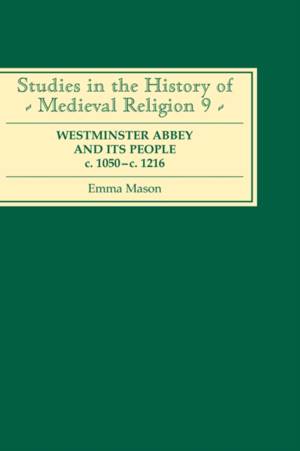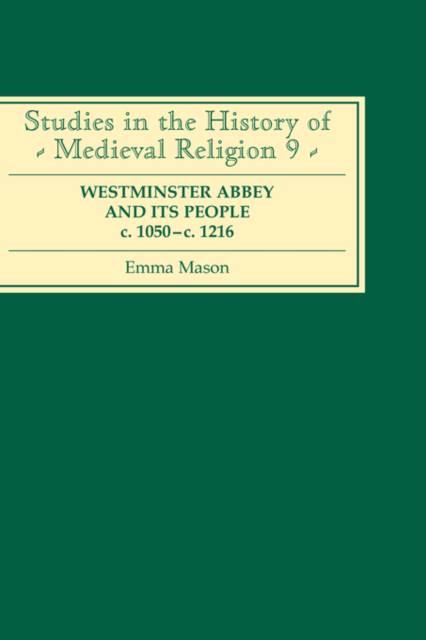
Bedankt voor het vertrouwen het afgelopen jaar! Om jou te bedanken bieden we GRATIS verzending (in België) aan op alles gedurende de hele maand januari.
- Afhalen na 1 uur in een winkel met voorraad
- In januari gratis thuislevering in België
- Ruim aanbod met 7 miljoen producten
Bedankt voor het vertrouwen het afgelopen jaar! Om jou te bedanken bieden we GRATIS verzending (in België) aan op alles gedurende de hele maand januari.
- Afhalen na 1 uur in een winkel met voorraad
- In januari gratis thuislevering in België
- Ruim aanbod met 7 miljoen producten
Zoeken
Omschrijving
This book surveys the monastic community at Westminster from the time when Edward the Confessor (1042-1066) adopted it as his burial church to the end of the reign of king John, tracing its history and development and studying its most notable personalities in detail. Originating according to legend during the Roman occupation, the West Minster was converted from a little collegiate church into a Benedictine monastery around 970. However, the growth of its significance largely dates from its endowment by king Edward, who commissioned a lavish rebuilding of the abbey church, a focal point in his programme of monarchical propaganda. In the period between the deaths of Edward and John, one of comparative tranquility, the abbey grew substantially in power and influence. Dr Mason covers every aspect of the abbey community. She examines the careers of the abbots, including the scholarly Gilbert Crispin and king Stephen's son Gervase, the victim of Angevin hostility; and priors, such as the ambitious and confrontational Osbert de Clare, twice sent into monastic exile. Other lesser figures are not neglected: monks, scribes, craftsmen, lay servants, clerics in the monastic churches, personnel of the royal court associated with the abbey, visiting legates and other prelates - and the laity who frequented the abbey. The author also considers the community's dealings with the growing ecclesiastical bureaucracy; the management of its properties, including its parochial churches; its relationship with other religious houses; and its promotion of cults and festivals. Dr EMMA MASON is former reader in medieval history at Birkbeck College, London.
Specificaties
Betrokkenen
- Auteur(s):
- Uitgeverij:
Inhoud
- Aantal bladzijden:
- 408
- Taal:
- Engels
- Reeks:
- Reeksnummer:
- nr. 9
Eigenschappen
- Productcode (EAN):
- 9780851153964
- Verschijningsdatum:
- 28/10/1996
- Uitvoering:
- Hardcover
- Formaat:
- Genaaid
- Afmetingen:
- 156 mm x 234 mm
- Gewicht:
- 743 g

Alleen bij Standaard Boekhandel
+ 515 punten op je klantenkaart van Standaard Boekhandel
Beoordelingen
We publiceren alleen reviews die voldoen aan de voorwaarden voor reviews. Bekijk onze voorwaarden voor reviews.









